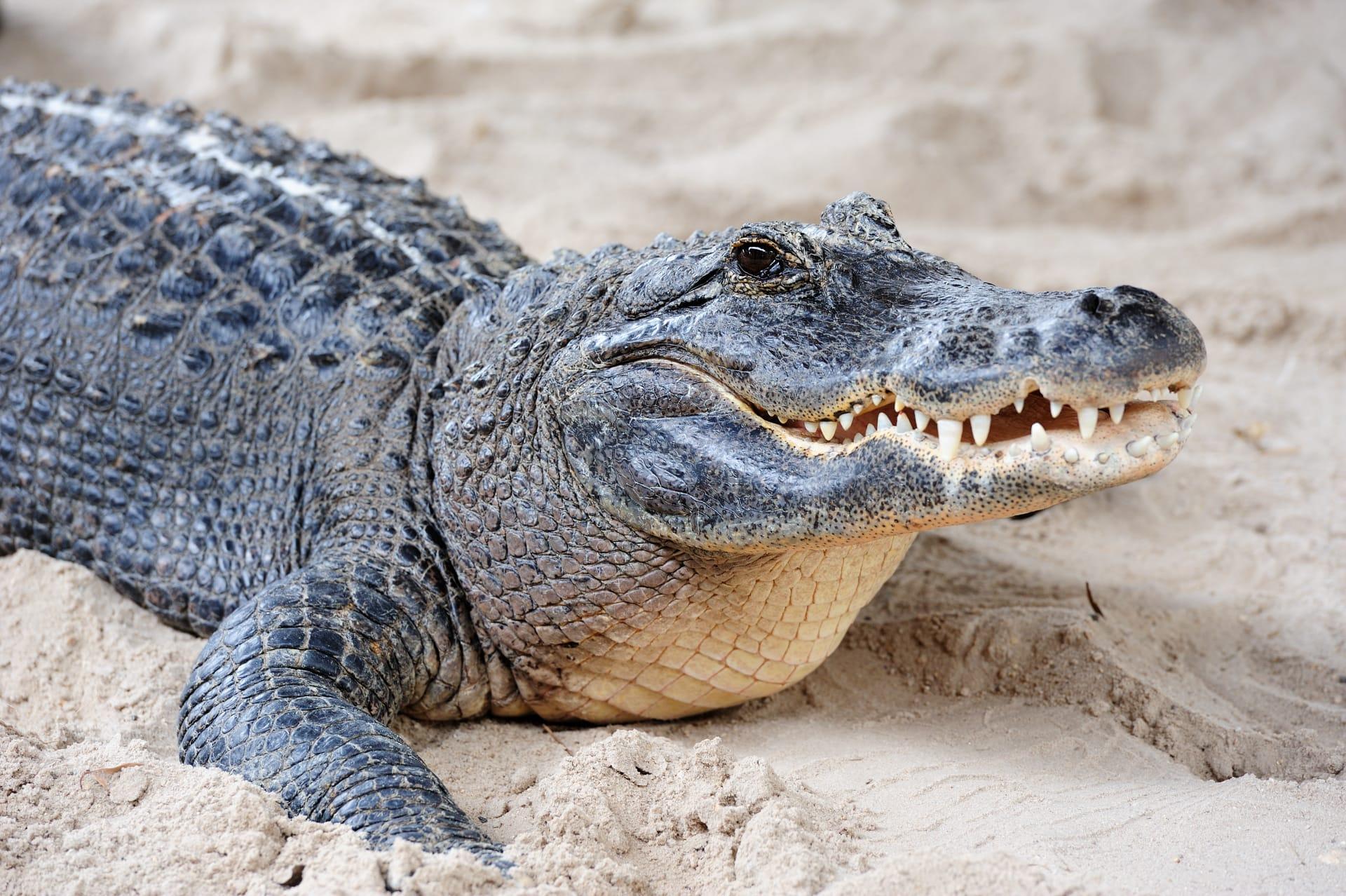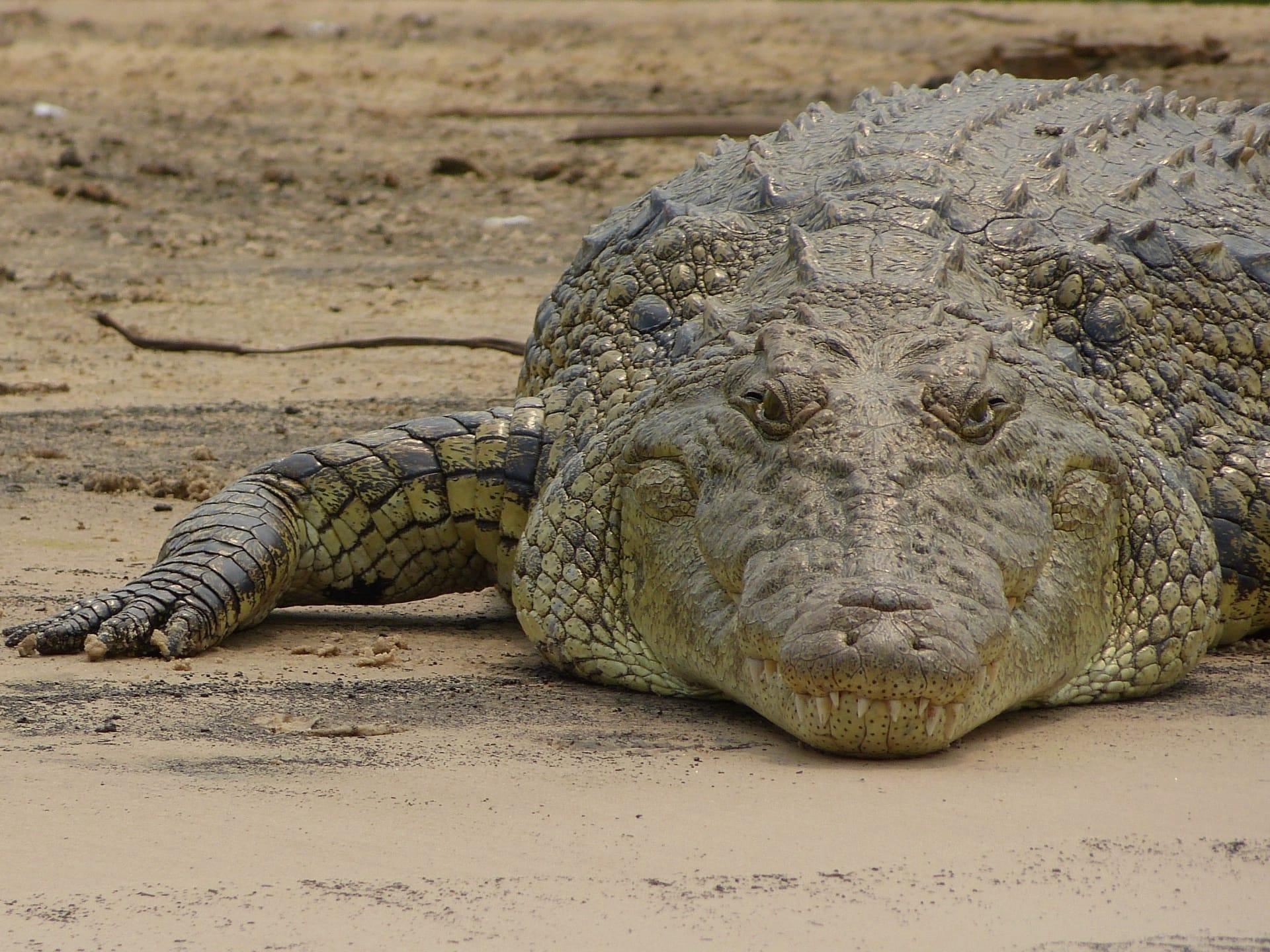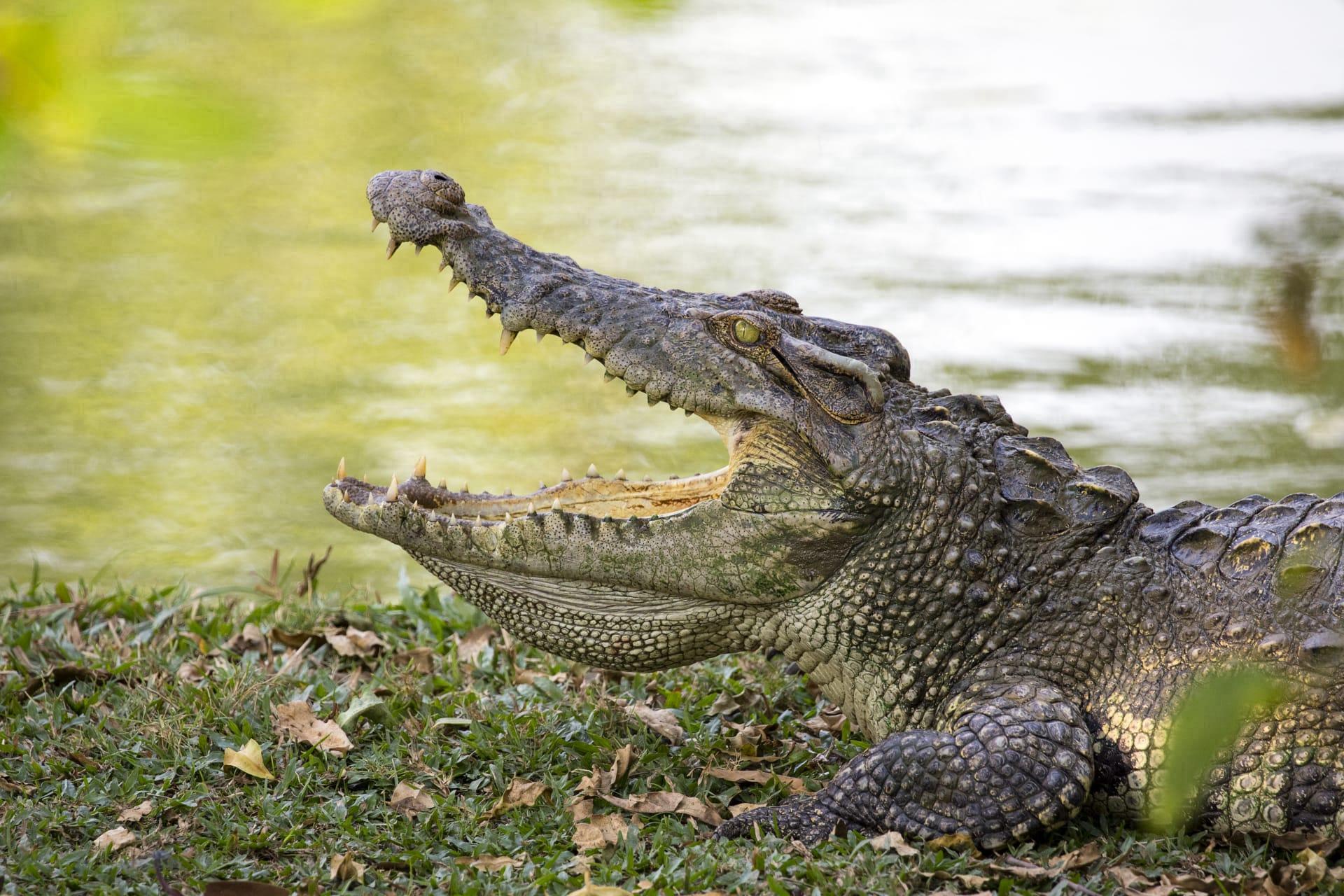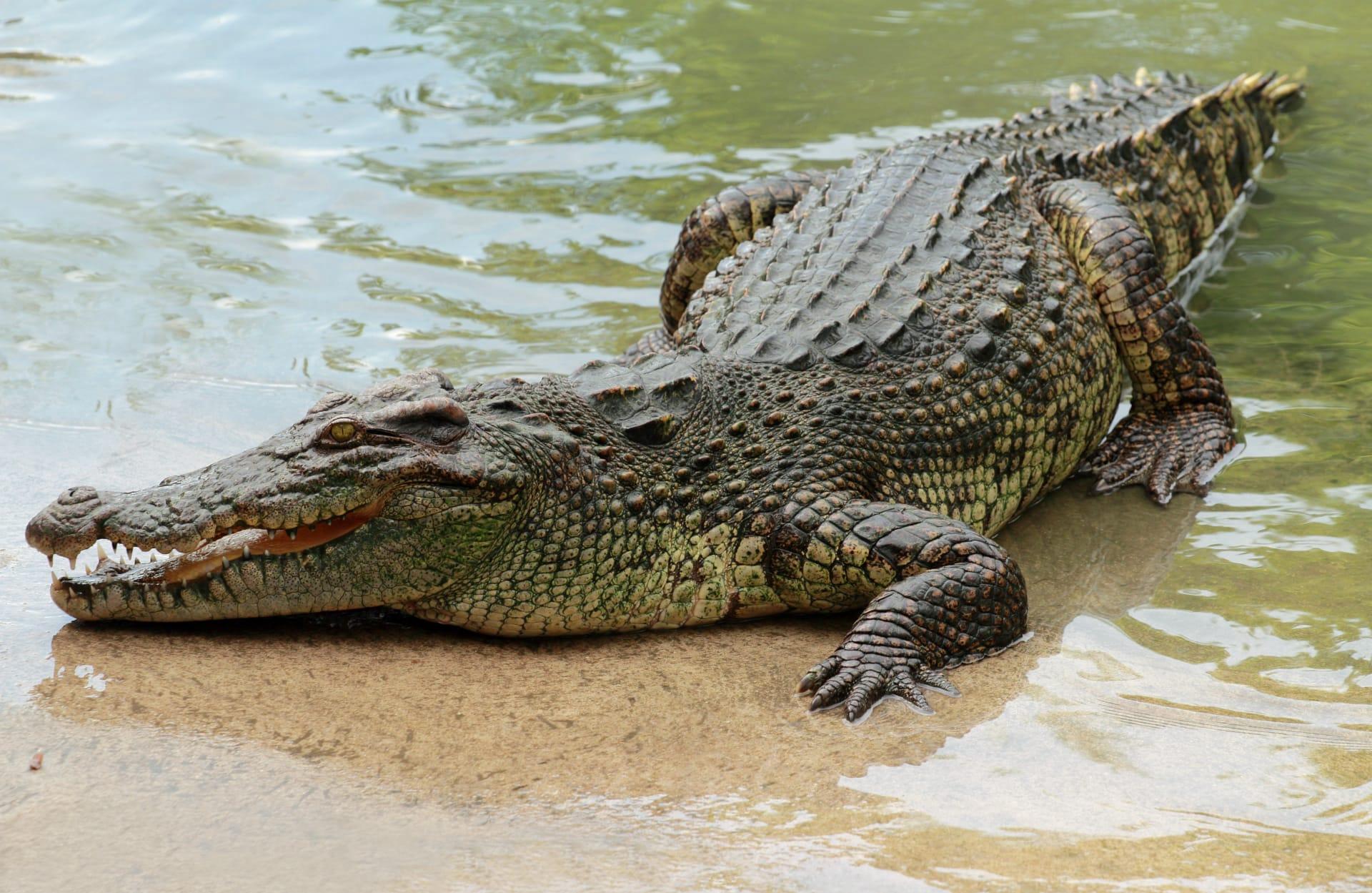Crocodile
- Home /
- Mini Encyclopedia /
- Animal /
- Crocodile
1
Crocodiles, belonging to the family Crocodylidae, are large aquatic reptiles known for their formidable appearance and predatory skills. This family is a part of the order Crocodylia, which also includes alligators, caimans, and gharials. There are about 15 species of true crocodiles, varying in size and characteristics. The Saltwater Crocodile, for instance, is the largest, reaching lengths of up to 23 feet and weighing over 2,200 pounds. The Dwarf Crocodile, on the other hand, is much smaller, typically measuring around 5 feet in length. Each species has unique features, such as the narrow snout of the Gharial or the broader snout of the Nile Crocodile.
Crocodiles are distributed across the tropical regions of Africa, Asia, the Americas, and Australia. The Saltwater Crocodile has an extensive range, inhabiting the coastal waters of Southeast Asia, Northern Australia, and the eastern coast of India. The Nile Crocodile is predominantly found in the freshwater habitats of Sub-Saharan Africa, thriving in rivers, lakes, and marshlands. The American Crocodile resides in parts of South America, Central America, and the Caribbean, often preferring brackish water environments. These habitats provide the necessary conditions for crocodiles to regulate their body temperature, hunt, and breed, with each species adapting to its specific environment.

2
Question: Can crocodiles really cry 'crocodile tears' while eating?
Answer: The term 'crocodile tears' refers to a display of insincere sorrow, and it's a common misconception that crocodiles cry while feeding. In reality, crocodiles can indeed produce tears, but not due to emotional distress. These tears are a physiological response to cleanse and lubricate the eyes. When crocodiles are out of water for extended periods, their eyes might dry out, and tears help maintain moisture. Additionally, when feeding, the hissing and huffing associated with their heavy breathing can stimulate the tear glands. So, while crocodiles do shed tears, it's not for the reasons of deception or sorrow as the myth suggests.

3
Crocodiles are apex predators and have evolved various survival strategies to remain at the top of the food chain. One key strategy is their ambush hunting technique. They are masters of stealth, able to remain nearly motionless and hidden in water for long periods. This allows them to surprise prey, such as fish, birds, and mammals. Crocodiles have powerful jaws equipped with sharp teeth, designed to grasp and hold onto their prey firmly. They often use a death roll, a powerful and swift spinning motion, to overpower and dismember large prey.
Another survival strategy is their ability to survive in various environments. Crocodiles are ectothermic, relying on external sources of heat to regulate their body temperature. They bask in the sun to warm up and retreat into water or shade to cool down. Crocodiles also have an impressive ability to control their metabolism and can go months without eating if necessary. Their eggs are laid in nests made of vegetation, which helps regulate temperature and protect the young. Once hatched, some species of crocodiles exhibit parental care, with mothers guarding the nest and young juveniles.

4
In the ecosystem, crocodiles play a crucial role as apex predators. Their position at the top of the food chain helps maintain the balance of species below them. By preying on weak or diseased animals, crocodiles help control the population of these species and ensure the overall health of the ecosystem. This predatory role helps prevent overgrazing and maintains the diversity of flora and fauna in their habitats.
Crocodiles also contribute to the ecosystem as engineers. Their movements and behaviors can modify their habitats, creating new waterways and pools that benefit other species. For example, the digging of nests and wallows by crocodiles can create microhabitats that are utilized by fish, insects, and amphibians. Additionally, their feces provide nutrients for aquatic ecosystems, supporting a range of microorganisms and plants.

5
Film: "The Crocodile Hunters" is a fascinating documentary produced in the United States in 2020. It delves into the lives of crocodiles in various parts of the world, showcasing their behaviors, hunting techniques, and interactions with their environment. The documentary also highlights the challenges crocodiles face, including habitat loss and conflicts with humans, offering insights into conservation efforts.
Book: "Crocodiles: The World's Most Powerful Predators" is a book authored by Dr. Jane Wilson, published in the UK in 2018. It provides an in-depth look at the biology, behavior, and diversity of crocodile species around the world. Wilson combines scientific research with engaging narratives, making the book accessible to a wide audience. The book also discusses the ecological importance of crocodiles and the threats they face in the wild.
Book: "Ancient Predators: Understanding Crocodiles" is another significant contribution to crocodilian literature. Written by Australian biologist Mark Thompson in 2021, this book explores the evolutionary history of crocodiles, their adaptation strategies, and their role in folklore and culture across different continents. Thompson's detailed descriptions and analysis offer a comprehensive understanding of these ancient reptiles, making it a valuable resource for both enthusiasts and researchers.